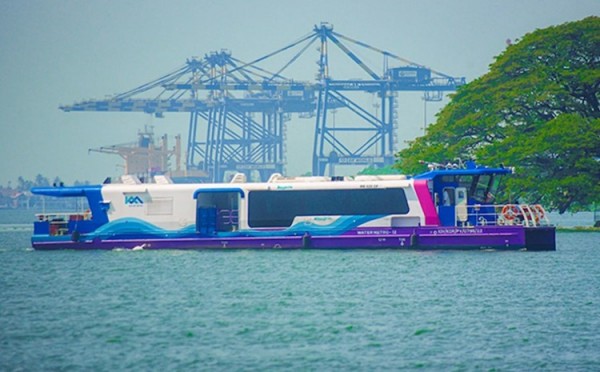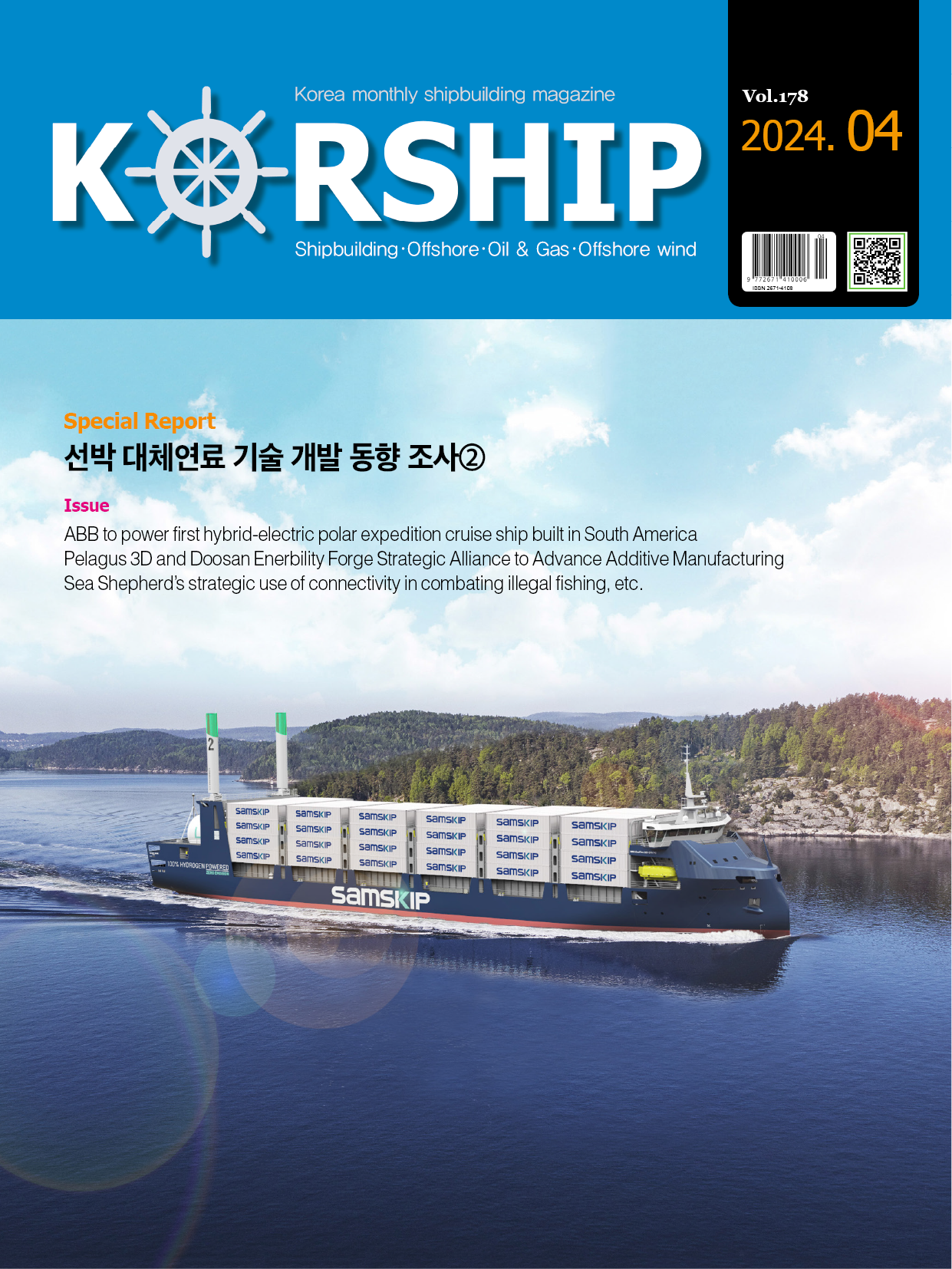Feature Story Pioneering high-tech, green shipbuilding in India
페이지 정보
작성자 최고관리자 댓글 0건 조회 139회 작성일 24-12-05 18:24본문
Pioneering high-tech, green shipbuilding in India
India is determined to join the world’s top shipbuilding and shipping nations. Backed by an ambitious government programme and advanced technology, Cochin Shipyard has built a reputation for high-tech, green shipbuilding expertise.
As the world’s most populous country, blessed with enormous natural resources, India is among the biggest national economies in the world, boasting high annual growth rates. Astonishingly, however, India is traditionally not counted among the leading maritime nations, despite its roughly 7,000 kilometres of coastline. The majority of Indian export cargo is still being transported by foreign-owned vessels.
India drives the development of its vital shipbuilding industry
A situation the government of India is determined to change. “India will soon be the third-largest economy globally,” explains Madhu Nair, Chairman and Managing Director of government-owned Cochin Shipyard (CSL) in southern India. “Considering the enormous export volume and the comparatively small number of Indian-built and owned ships used to transport these goods, our country’s shipbuilding and ship repair industry deserves strong support. Shipbuilding has a pivotal role in our industry, and driving its development will have cascading positive effects on other industries.”
Ambitious cluster-building initiatives
India aspires to be among the top ten shipbuilding nations by 2030 and among the top five by 2047. But to catch up with other shipbuilding and shipping nations, it will not be sufficient to focus on the maritime industry alone, says Nair. “To build up powerful maritime clusters, many other industries need to be developed in parallel. We must advance on many fronts to create the momentum we need. And to accomplish this, we want to attract investments from global companies.”
There are undeniable signs of progress. The nation’s efforts to accumulate shipbuilding know-how and state-of-the-art technology are taking shape, thanks to a concerted effort involving all branches of government. Cochin Shipyard, located in the port city of Kochi in the state of Kerala, with subsidiary yards in Udupi and Hooghly, is at the forefront of this development. Established in 1972, the shipbuilding and ship repair yard first built smaller vessels, then gradually added naval and short-sea ships as well as functional ships such as anchor handling tugs and platform supply vessels, mainly for the European market.
Investing in state-of-the-art technology
The facilities and technical capabilities have evolved steadily, as more know-how was brought in by technology partners from Europe, the USA and Asia. “We have adopted the integrated hull construction, outfitting and painting (IHOP) shipbuilding methodology and are modernizing the shop floor as well. And we invested some USD 300 m in a new dry dock that can build much larger ships,” says Nair. Recently Cochin Shipyard delivered the first indigenously built aircraft carrier to the Indian navy and is currently building a series of highly sophisticated anti-submarine warfare corvettes and missile cruisers.
CSL has been serving international customers for over two decades, delivering more than 50 high-end vessels to the USA, Europe and the Middle East. Amid the surging demand for cargo-carrying capacity, international owners are looking for competitively priced yard space. “Cochin is one of India’s best-established yards in the international market,” says Uday Chaitanya Ganivada, DNV Country Manager for India, Sri Lanka and Bangladesh. For example, CSL is currently building eight multipurpose vessels for a German shipowner, all to DNV class rules.
Focus on green shipping
CSL not only specializes in hi-tech functional and naval vessels. In line with the Indian government’s aim to become the global hub for green shipbuilding by 2030, it has also adopted a resolute green shipbuilding strategy, encouraged by strong global demand.
Cochin Shipyard has been building a series of electric hybrid ferries for the growing eco-friendly fleet of the Kochi Water Metro (KWM) public transit system, with each ferry designed to carry 100 passengers.
Over 50 per cent of CSL’s current order book is green vessels, says Nair. CSL recently delivered a series of zero-emission autonomous cargo ferries to a Norwegian owner and the sixteenth in a series of electric hybrid ferries for the city of Kochi’s “Water Metro” system. Wind farm support vessels for western Europe are especially high on CSL’s agenda. Since January 2024, the yard has received several orders from UK-based operator North Star Shipping for hybrid service operation vessels to be deployed in offshore wind farm maintenance under contracts with EnBW and Siemens Gamesa. For yet another client in Europe, the yard is building two commissioning service operation vessels. All these vessels have been or are being built to DNV class. Furthermore, the government’s Green Tug Transition Programme is envisaging a phased shift towards electric/hybrid and alternative-fuelled tugboats for India’s major ports within the next ten years. The yard is positioning itself to build electric tugboats under this programme, says Nair.
DNV’s expertise and experience build trust
Seeing the great potential of India as an emerging industrial powerhouse, DNV engaged with the maritime sector at an early time, supporting Indian ports in building up state-of-the-art infrastructure and facilities.
■ Source: DNV www.dnv.com
- 이전글신행정부가 컨테이너선 시황에 미칠 영향 24.12.05
- 다음글Marlink to deploy Sealink NextGen on 24 vessels for Thoresen Shipping 24.12.05
















